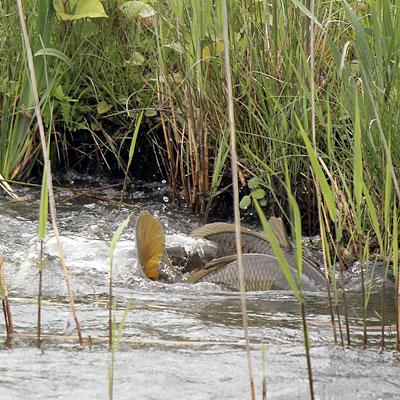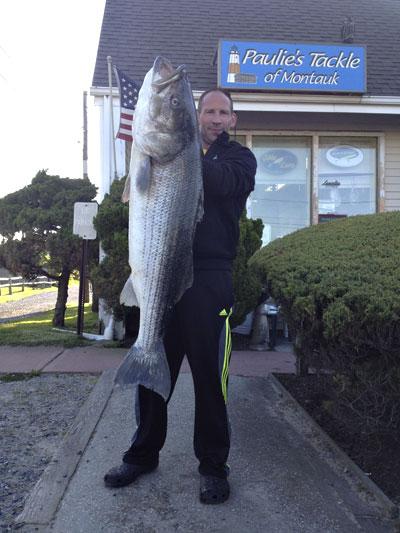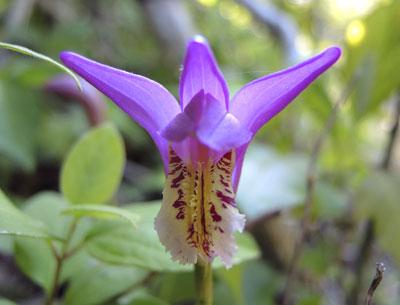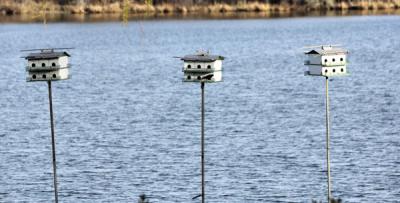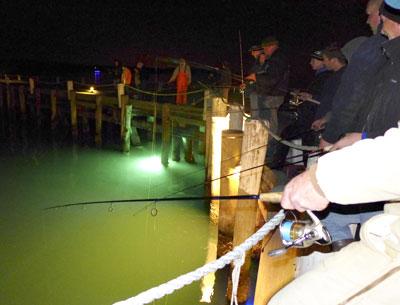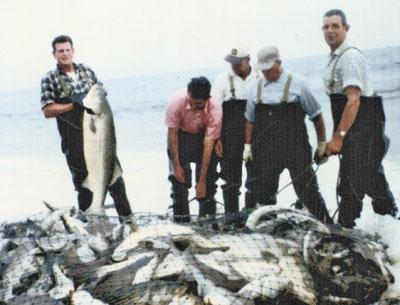In the Undercurrent
In the Undercurrent
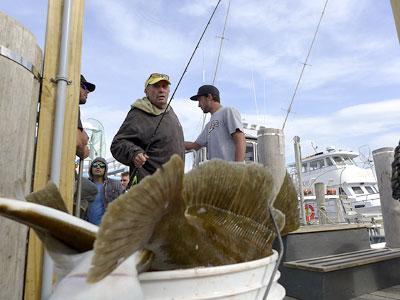
The instructions were straightforward: “Put ice, a Ziploc bag, and a 20 in the cooler. I’ll call you when he makes the drop.”
Like a beer-fueled, slam-bang game of Foosball at Liar’s Saloon, the fish deal was proof that a healthy undercurrent of local life continued to flow as the surface trickle of spring visitors swelled to a flood over the Memorial Day weekend.
I’m not sure how the word got out, but, as always, it passed quickly from ear to ocean-tuned ear while renters settled into summer nests, restaurants worked out the kinks, and roadways clogged to a standstill. The bay was full of bottlefish, a k a blowtoads, blowfish, or puffers, and the pound trappers were bailing them, according to the Bonac telegraph.
What might follow such news are deals by barter or by friends of a friend of a fisherman. In this way, one is kept out of crowded markets — a defense. We all need them.
Consider the blowfish. It is to a tuna what a Model T is to a Ferrari — a clumsy swimmer. And, for this reason God, and/or Darwin, invented a singular adaptation that allows it to suck in enough water — or air if it is on the surface — to become a ball several times its normal size. The swollen puffer either scares the predator away or, when it inflates mid-swallow, literally chokes the predator to death.
This does not protect them from those of us who love their tails, however. With no bones and a cartilaginous spine, the tail of the blowtoad is a delicious piece of fish flesh and a delicate flavor, the kind that goes well when sauteed with a little garlic, butter, a thimble of wine, salt, and pepper.
And so, ice, a 20-dollar bill, and a Ziploc bag were placed in a cooler as instructed. The call came about an hour later. Two pounds of dressed tails, 14 in count.
Fishermen reported productive fluke fishing during the first week of the season with fish approaching 10 pounds being caught south of Montauk. Kathy Vegessi, shore support for the Lazy Bones party boat in Montauk, said the new, 18-inch minimum size limit, and five-fluke-per-day bag limit, were making for boatloads of happy anglers.
Chris Miller, over at the West Lake Marina in Montauk, was setting up the pump that will keep his eels alive until they are sold to anglers who like to drift them out into the rip currents around Montauk Point. Surfcasters who climb out onto their favorite rocks at night also favor eels too. Striped bass love eels. Bass are being caught sporadically in the rips and in the surf.
The National Oceanographic and Atmospheric Administration, NOAA, has published a warning to mariners along the East Coast. Vessels have struck two sei whales and a fin whale so far this season. A rule adopted in 2008 requires that all vessels 60 feet or longer travel at no more than 10 knots within 20 miles of all major ports in the mid-Atlantic region. The whales seem to be migrating closer to shore this year, perhaps following their prey.
Most sightings of right whales, whose population is just beginning to rebound after being nearly fished to extinction, occur within 20 miles of shore.
And, speaking of 20 miles from shore, word around the Montauk docks is that bluefin tuna have been spotted in the area.
Capt. Ken Rafferty, a light-spin-tackle and fly fishing guide, reports big schools of bluefish up to 15 pounds from Shelter Island east to Promised Land on Napeague. If they make it into Fort Pond Bay, the blowfish better skedaddle. Even puffed up, they’re no match for bluefish teeth.

